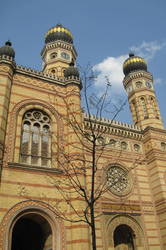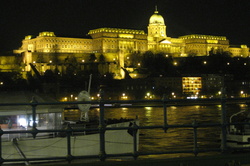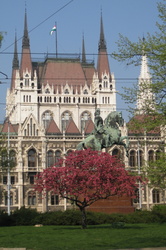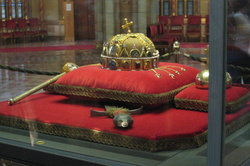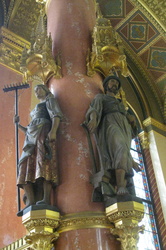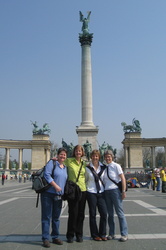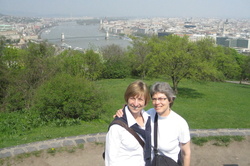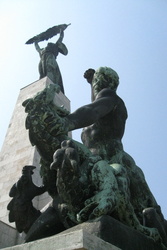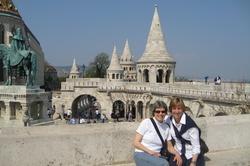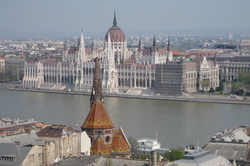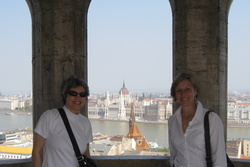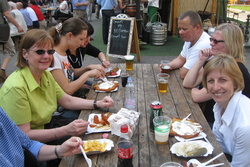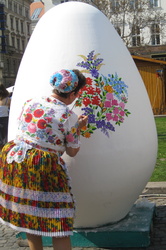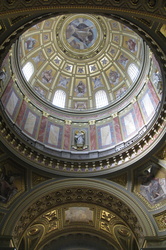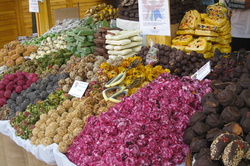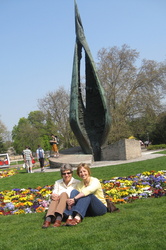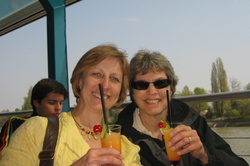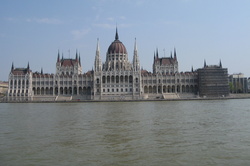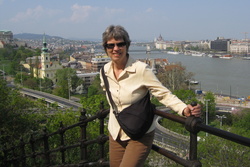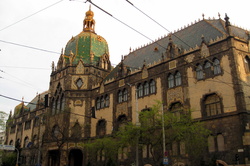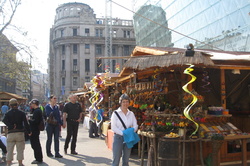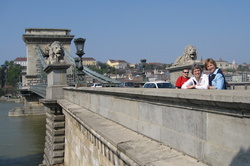Budapest, April 2009
We finally got away for the long Easter Weekend (both Good Friday and Easter Monday are UK National Holidays) and met our friends Rhonda and Georgia, currently residing in Germany, for a third annual Easter Holiday. This year we went to Budapest, Hungary.
The weather was outstanding reaching close to 80 and clear skies the entire weekend. Carlyn and I haven't seen 80 in our neck of the woods since one time in July last year. It was wonderful and Budapest was beautiful and full of history.
One of the world's most pleasantly sited cities, Budapest, is divided in two by the River Danube, into hilly Buda and flat Pest. The metropolis is home to a population of two million, and its panorama along the banks of the river is one of UNESCO's world heritage sites.
